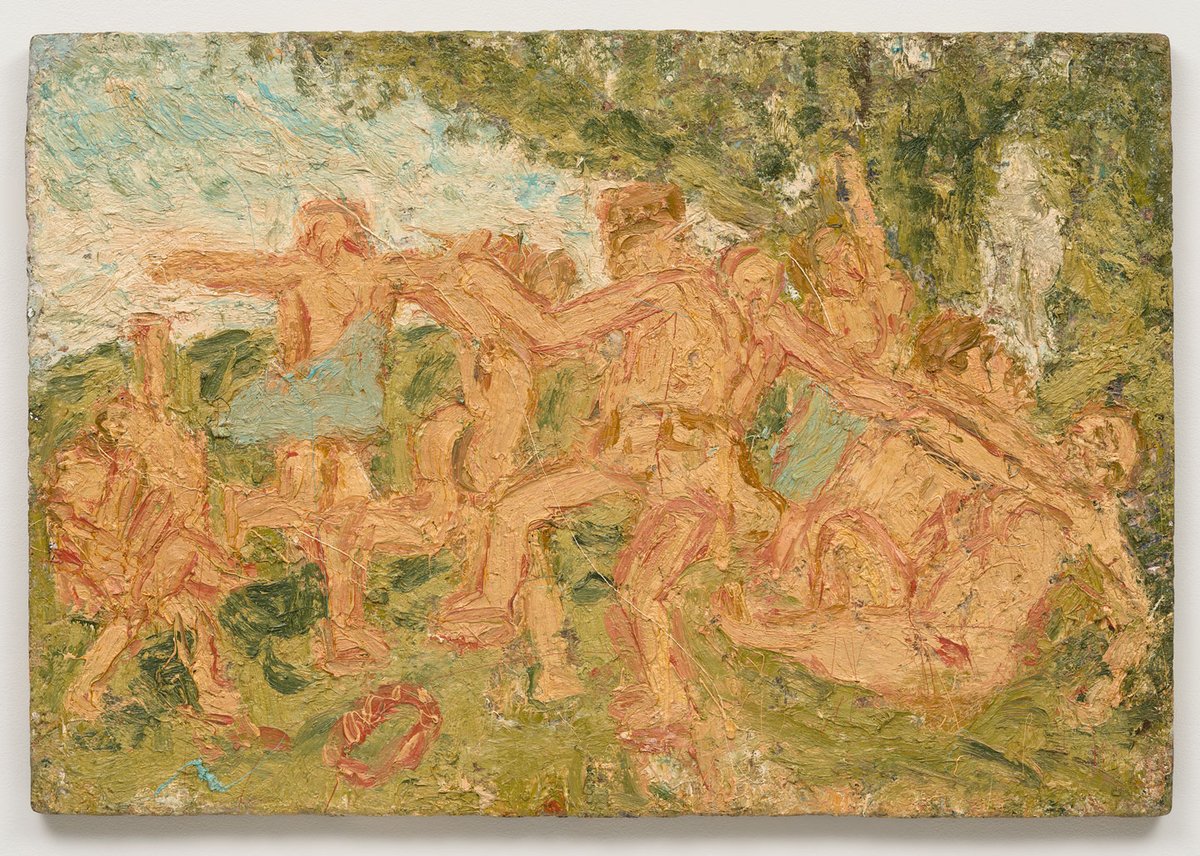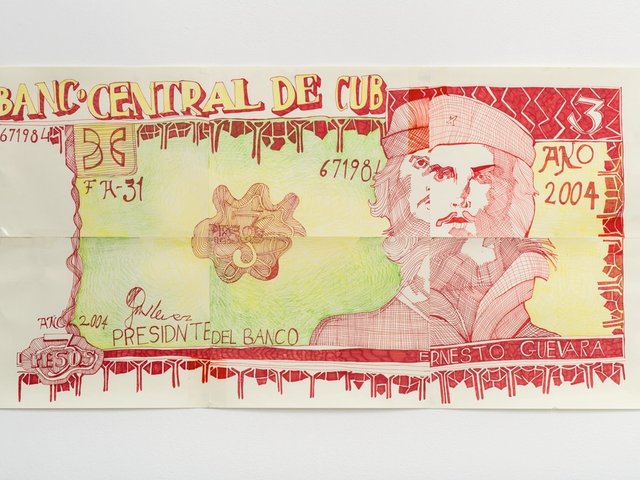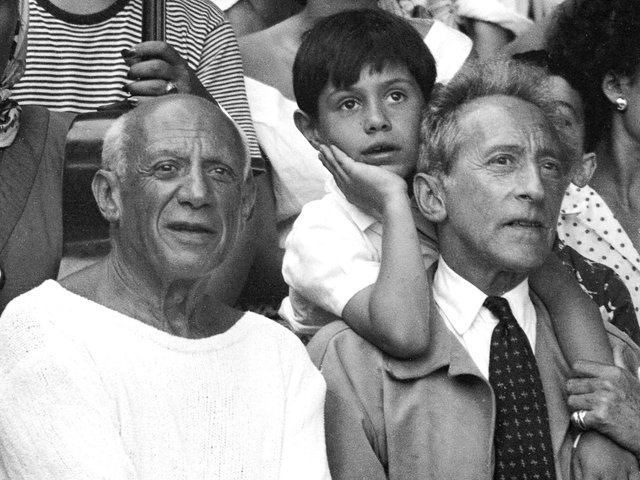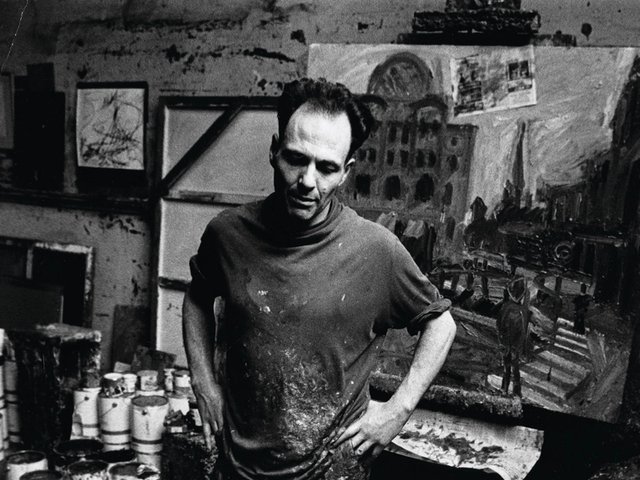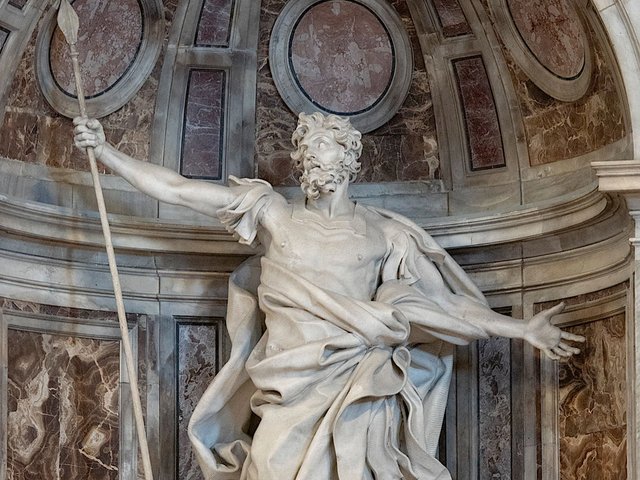Leon Kossoff, Catalogue Raisonné of the Oil Paintings, Andrea Rose, Modern Art Press, 640pp, £175 (hb)
This long-awaited catalogue raisonné brings together the paintings of Leon Kossoff, one of the most important 20th-century British artists. Kossoff was part of the School of London along with other figurative painters including Lucian Freud and Frank Auerbach. He returned to familiar subjects throughout his career, including London landmarks such as Christ Church Spitalfields and Kilburn underground station, creating numerous works inspired by Old Masters such as Nicolas Poussin. The author Andrea Rose curated Kossoff’s exhibition at the 1995 Venice Biennale when he represented Great Britain. “As part of the catalogue raisonnéproject, he gave her a level of access to him, his archive and his studios that, as an intensely private person, he had withheld from all others,” according to the publisher. An accompanying exhibition, which first opened at Annely Juda gallery in London, tours to Mitchell-Innes & Nash in New York (13 January-5 March 2022) and L.A. Louver Gallery in California (26 January-26 March 2022).
A Brief History of Black British Art, Rianna Jade Parker, Tate Publishing, 160pp, £15 (pb)
This concise survey presents the works of 70 Black British artists from the 1960s to today, examining their works via themes and ideas such as gender, class, sexuality, citizenship and nationhood. Caribbean-British artists, who were overlooked by the UK’s art establishment, formed their own groups such as the Caribbean Artists Movement in 1966—the starting point of Parker’s analysis—and the BLK Art Group, which ran from 1979 to 1984. Artists discussed included Lynette Yiadom-Boakye, Neil Kenlock—the official photographer of the 1960s British Black Panther Movement—and Sonia Boyce who will represent Great Britain at next year’s Venice Biennale. Parker says in a statement: “Before we can acutely assess the status of Black artists in Britain today, we have to look plainly and honestly at our histories. I believe that my sensibilities as a Black woman born in Britain have enabled a balanced and respectful interpretation that is essential for a general audience.”
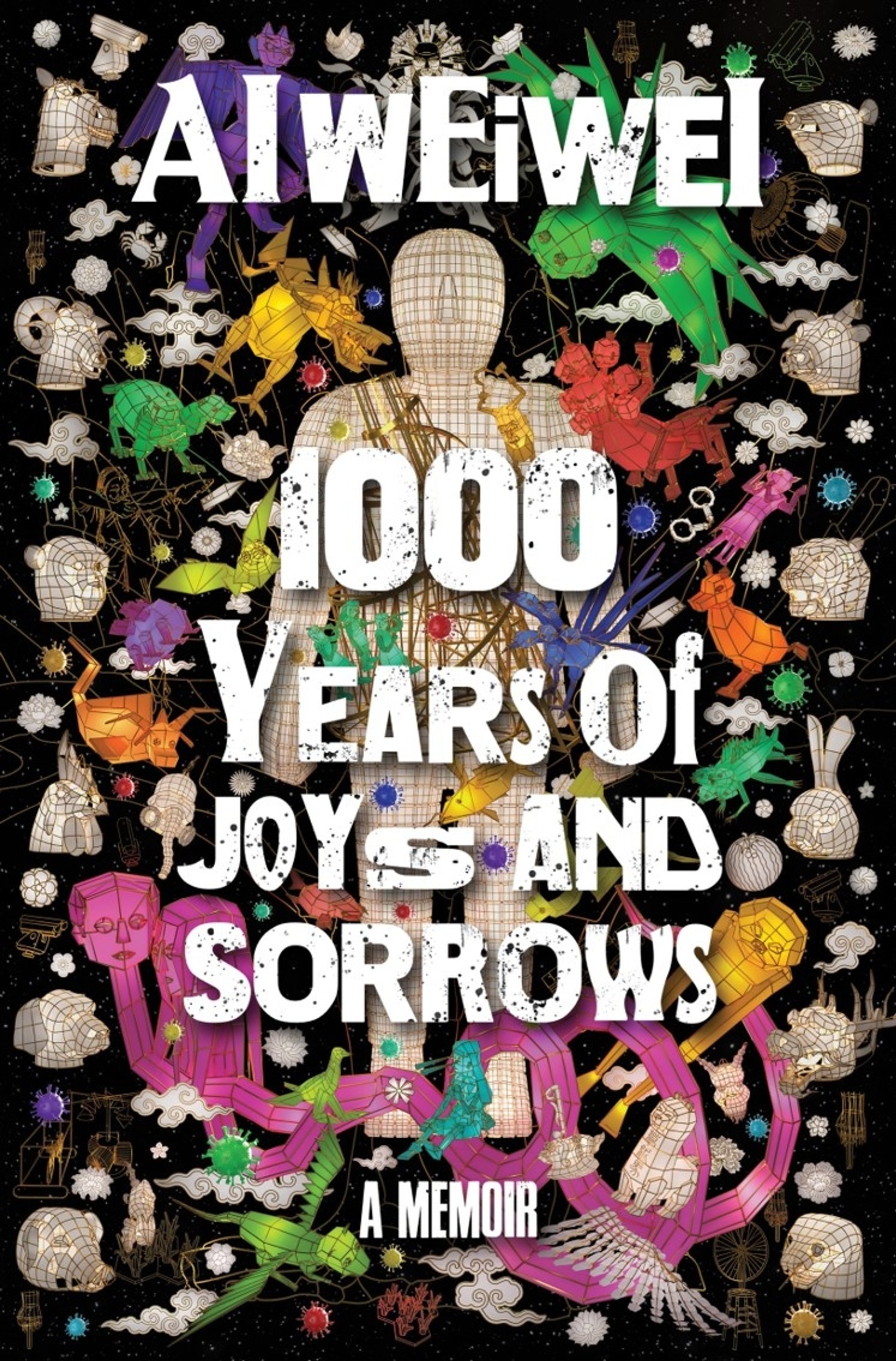
1,000 Years of Joys and Sorrow by Ai Weiwei
1,000 Years of Joys and Sorrows, Ai Weiwei, Bodley Head, 400pp, £25 (hb)
The ubiquitous Chinese artist and activist Ai Weiwei outlines the major moments in his life in this candid biography, including the banishment of his father, a leading poet, to a labour camp in the late 1950s, and tales of life as a student in the United States during the 1980s. During his time in New York, Ai shared a loft with the performance artist Tehching Hsieh who spent a year tied to fellow artist Linda Montano with an eight-foot rope. The second half of the memoir documents in detail Ai’s experience in April 2011 at the hands of the Chinese authorities when he was placed under house arrest and spent 11 weeks in a government building outside Beijing. There are also plenty of insights into how Ai makes and creates. “I see what is in front of me as a ‘ready-made,’ just like Duchamp’s urinal,” Ai writes. “Reality creates greater possibilitiesfor my art.”
Design to Live: Everyday Inventions from a Refugee Camp, edited by Azra Aksamija and Melina Philippou, MIT Press, 165pp, $29.95 (pb)
This survey features more than 20 design projects conceived and created by Syrian refugees at the Azraq Refugee Camp in Jordan where around 35,000 people displaced by the Syrian civil war live in rows of small white steel sheds. “This book shows how refugees use art and design to transform their living environments, restoring humanity within circumstances,” according to a statement from the publisher. Projects discussed include a vertical garden created because camp rules forbid planting on the ground; a front hall designed to protect a family’s privacy; a baby swing made from recycled school desks, and a chess set carved from broomsticks. The publication, produced in both English and Arabic, features architectural drawings, illustrations, photographs, and texts by the camp residents, humanitarian workers, and researchers who also contributed to the various design pieces.
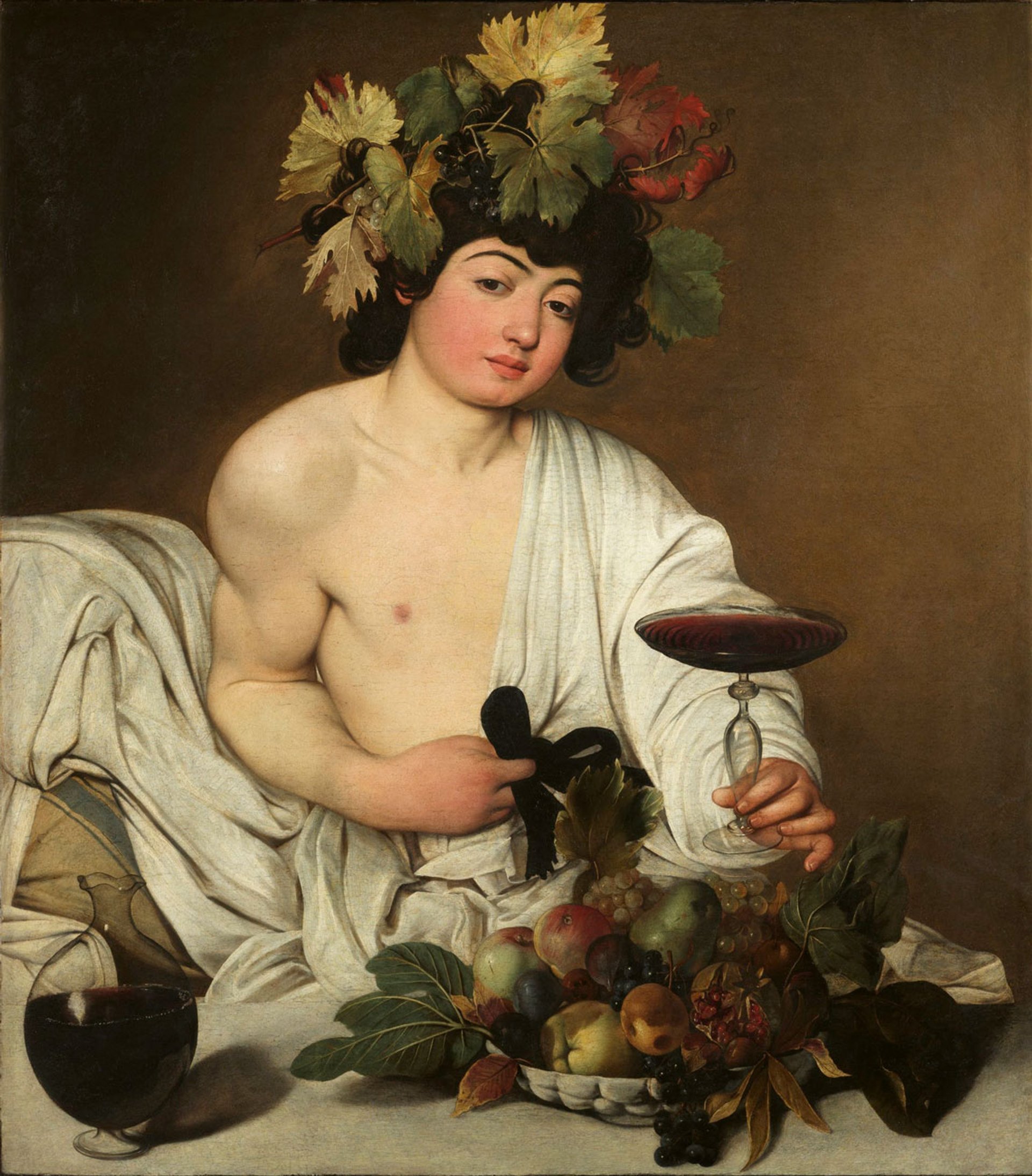
Caravaggio's Bacchus (around 1597) Uffizi Galleries; Ministry of Culture
The Two Michelangelos, Bette Talvacchia, Lund Humphries, 160pp, £45 (hb)
The author Bette Talvacchia asks: why does our culture find Michelangelo and Michelangelo Merisi da Caravaggio so compelling, and how were they seen in their time and in the intervening centuries until our own day? The men were born more than a century apart—Caravaggio was born in 1571—but the author attempts to “exposes the dynamic relationship between their work through looking at the ways in which Caravaggio creatively responded to the art of his namesake”, according to a press statement. In a blog, Talvacchia writes that she explores how the Florentine master’s accomplishments inspired Caravaggio as he developed his career in Rome.“The structure emerged from joining two traditionally separate art historical areas of study—the Renaissance and Baroque periods—into a united investigation,” she adds.


